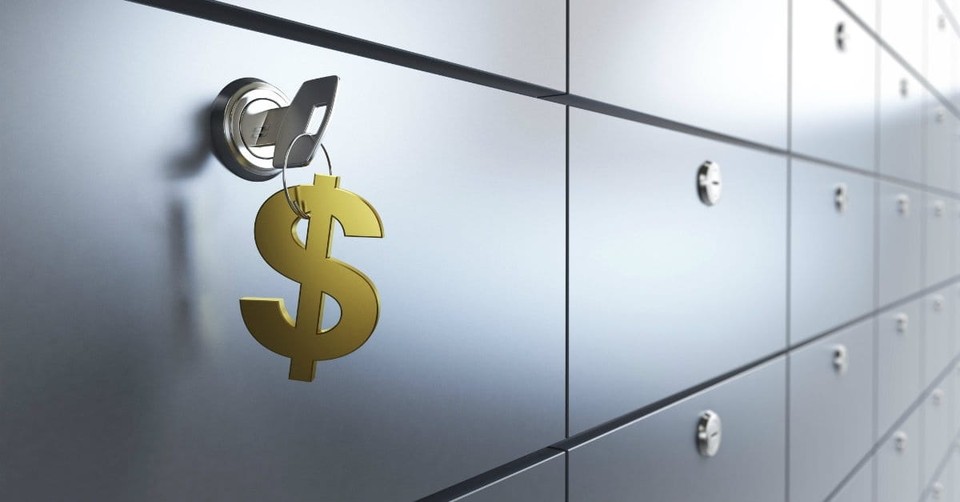Save Money by Paying Yourself First

Years ago, when one of my then college-age sons came to me for help getting his finances organized, the first thing I did was set him up on a pay-as-you-go basis using the "envelope" system. That's where you cash your paycheck and then divide the money into several envelopes, one for each of your major spending areas.
Implementing the system is simplicity itself: When the money in a particular envelope is has been spent, that means no more spending in that budget area until the next payday. (My son soon made a wise practical improvement: to keep loose change from falling out, he switched from envelopes to Ziploc™ bags!)
Here's the process he used to build his Level Two contingency fund. After setting aside his tithe and taxes, what was left was his spendable income. This was the "pie" he proceeded to "cut" several ways. The first piece — 10% — went into his contingency-fund account. Then, the remainder of his spendable income went into envelopes for current bills, debt repayment, and monthly living expenses.
That contingency fund came in handy twice during his first few months of using the system — to pay for unexpected car repairs. As a result, the money he had saved was used up, and he had to rebuild his savings. But having that money on hand prevented him from going into debt to pay for those auto expenses. That is why it makes sense to have a contingency fund.
MOVING FROM INTENTION TO ACTION
Despite your best intentions, it's easy to rationalize putting off starting to save. Too many times, the "savings envelope" goes unfilled. One way to overcome this tendency is to have money set aside automatically before you have the opportunity to spend it.
Here are two paths to automated savings:
- Sign up to have part of your paycheck — you decide how much — automatically deposited into a savings account at your credit union or bank. It's easy, convenient, and creates a structure for disciplined saving.
- For a higher rate of return, make automatic transfers from your checking account to a savings account at an online bank (online banks almost always pay better rates on savings than local banks). Setting up such auto transfers is a simple one-time process. Details will be available on the online bank's website.
HOW MUCH TO SAVE
Consider a strategy of saving 5%–10% of your income while you're in your 20s. Initially, this will go toward building your contingency fund. Once that's in place, your savings can be used for a down payment on a house or for large purchases. (Eventually, the primary use of your savings will be to invest for retirement.) Then, move up to 10%–15% in your 30s and 40s.
Many couples believe they could never save that much! But let me ask — what would happen if a cutback at work resulted in fewer hours and a 10% reduction in your income? Wouldn't you make the necessary adjustments in your spending so that you could still cover the basics? Unpleasant though it may be, you would.
In the same way, saving 10% or more isn't beyond the financial capabilities of most families. Usually, it's a matter of having the willingness to sacrifice and make changes in lifestyle.
Published since 1990, Sound Mind Investing is America's best-selling financial newsletter written from a biblical perspective. Visit the Sound Mind Investing website .

Get a free copy of Inflation History: The Rise and Fall of the U.S. Dollar at the Sound Mind Investing website.
Plus, learn more about the newly updated 5th Edition Sound Mind Investing Handbook, available at a 35 percent discount.
Originally published April 08, 2016.







